How to Choose the Best Die Cast Tooling?
Die cast tooling is crucial for making die-casting products from aluminum, zinc, magnesium, and copper. The purpose of this article is to assist you in making the right choice for die cast tooling basing on alloy materials. These include ejector pins, mold bases, and CNC machines, among others.
Consider such terms as T6 tempering and HPDC methods. Discover how die casting tooling interfaces with these machines. Below, use this guide to select the right die cast tooling.
What is Die Casting Tooling?
Die casting tooling helps make metal parts. It uses molds called dies. Each die can weigh up to 2000 lbs or more. The machine pushes hot metal into the die. The metal cools fast in 20 seconds.
Ejector pins push the part out. Die-cast toolings have cavities and cores for making alloy part shapes. They work at 700°F. Die casting machines operate at pressures ranging from 50 to 3000 tons. They use molten aluminum. You need cooling channels. Cooling keeps dies from breaking. Keep checking for cracks.
What Factors Determine the Quality of Die Cast Tooling?
Material Selection
Choosing the right tooling material is key. There are various types of die casting tooling available, including aluminum die casting tooling, copper die casting tooling, and zinc die casting tooling. Common steels used in die casting molds include H13, 1.2343, 8407, and KD61.
For zinc die casting products, you can choose less quality die-cast tooling materials than aluminum because zinc has a much lower melting point than aluminum alloys. If you create aluminum or magnesium die-casting products, selecting the best 8407 or similar grade of tooling steel will last the tooling’s lifetime. The die casting machine runs smoother with high-quality die-cast tooling.
Precision Design
Design must be precise. Shapes are made with high accuracy. Tolerances are tight at +/-0.05 mm. Small errors make parts fail. To avoid mistakes in the tooling manufacturing, using CAD software helps to design a completely 3D die-cast tooling, which will be very important.
Moldflow sometimes carries on the complex die casting part geometry to select the best gate location. Good designs save time. Less waste is made. Precision is important for safety. Parts fit together better when precise. Smooth edges also help.
Heat Resistance
Parts get very hot. Heat resistance is crucial. We use aluminum die casting tooling due to its thermal properties. Copper withstands 1981°F. Graphite can handle high temperatures too. Silicon carbide is also used. It stays strong in heat. Cooling systems help manage temperature.
Proper cooling prevents cracks. Hot parts need special handling. Heat-resistant tools last longer.
Thermal Conductivity
Thermal conductivity matters a lot. It helps spread heat. Copper has high thermal conductivity. It cools parts faster. Aluminum conducts heat well too. This speeds up production.
Thermal paste can improve heat flow. This keeps temperatures even. Uneven heat can damage parts. Good thermal conductivity ensures quality. It keeps parts from overheating.
Mold Stability
Die casting mold must be stable. Stability prevents warping. Warping changes part shapes. Strong molds last longer. The die casting mold has to endure 100,000 cycles. Stability keeps parts consistent. It is crucial to design robust die cast tooling to ensure a long tooling lifetime.
Consistency is key in production. Bolts and clamps hold molds tight. Loose molds cause errors. Inspect molds regularly. Regular checks catch problems early.
Tooling Hardness
Tooling hardness is measured in Rockwell. The hardness of the cavity and core in die casting tooling ranges from 48 to 53 HRC, while the ejector pins can reach up to 60 HRC. Unlike plastic injection mold, all die-casting molds should have hardened steel for the cavity and cores. They resist wear and last longer in their lifetime.
Diamond coatings improve hardness. Coatings reduce friction. Less friction means less heat. Hard tools make smooth cuts.
| Factors | Importance (%) | Key Metrics | Optimal Range | Common Materials | Cost Impact | Lifespan (cycles) |
| Material Selection | 30 | Alloy type, Purity | High-purity alloys | Aluminum, Zinc | High | 100,000+ |
| Precision Design | 25 | Tolerance, Accuracy | ±0.01 mm | CAD/CAM design | Moderate | 50,000+ |
| Heat Resistance | 15 | Max Temp (°C) | Up to 600°C | Steel, Inconel | Moderate | 50,000+ |
| Thermal Conductivity | 10 | Conductivity (W/m·K) | 200-400 W/m·K | Copper alloys | Low | N/A |
| Mold Stability | 10 | Dimensional Stability | Consistent over cycles | D2 steel, H13 steel | Low | 100,000+ |
| Tool Hardness | 10 | Rockwell Hardness | 48-60 HRC | Tool steel | Moderate | 100,000+ |
Table on What Factors Determine the Quality of Die Casting Tooling!
How Does Tooling Design Impact Production Efficiency?
Cycle Time
Die casting tooling speeds up making things. Fast machines like the HPM Freedom 610 make this happen. Mold parts like plungers help. Quicker cooling by heat exchangers also helps. Short cycles use trim dies to cut extra parts. Robots like ABB IRB 6700 move parts faster.
Lower cycle time means more products in less time. Smooth surfaces on molds make it quicker. Automated systems check the quality. CNC machines cut parts accurately. Production is then efficient.
Material Waste
Less waste is good for die casting tooling. Machines, like the Toshiba DC series, help reduce waste. Runners and sprues carry metal to the mold. Recycled scraps can be reused in the furnace. Filtration systems clean molten metal. Exact molds stop extra metal use.
Trimming waste uses fewer resources. Proper design makes all metal parts useful. Gating systems control metal flow. This method saves metal. It also saves money.
Mold Life
Good molds last longer in die casting tooling. Strong metals like H13 steel help. Quenching cools molds quickly. Alloying with molybdenum makes molds tough. Surface treatments protect from wear. Regular maintenance prevents damage. Accurate temperature controls keep molds safe.
Correct alignment reduces strain on molds. Sensors track mold health. When molds last longer, production stays steady. Cost goes down too.
Cooling Systems
Cooling is key in die casting tooling. Heat exchangers can cool the molds faster. Water channels inside molds take heat away. Good cooling stops overheating. Pumps move water through the system. Sensors check temperatures. Valves control water flow.
Efficient cooling uses less energy. It also makes parts cool faster. When molds stay cool, production is smoother. Die cast tooling looks better too.
Venting Design
Air escapes through vents in die casting tooling. Vents stop bubbles in parts. Proper venting keeps molds clean. Channels guide air out. Vacuum systems help too.
Gas vents let out trapped air. Better venting means better parts. No air pockets in molds. Engineers plan vent sizes and places. Vents must be checked often. This keeps the mold working well.
What Are the Key Considerations for Die Cast Tooling Maintenance?
Inspection Schedules
Maintenance checks are crucial in Die Casting Tooling. Every mold should be checked frequently. Check for failures, signs of degradation or wear and tear.
It is recommended that one should use calipers in order to measure critical points. Check the results against the specifications. The tool may require some modifications.
CNC machines should be used where precision is required. Any finding made by the technicians must be recorded. This data is useful in estimating repair costs. Routine checks ensure that tools are in the right condition. They prevent unexpected breakdowns.
Wear Identification
It is important to recognize wear early in Die Casting Tooling. Scratches and dents are indicative of wear and tear. Examine small regions using a microscope. Ensure that the ejector pins have worn out. Measure their length to new pins. Worn pins lead to defects in parts.
Report changes in cycle times. Longer times could mean wear. This information will help you in scheduling maintenance.
Maintenance Protocols
Implement rigorous guidelines for the maintenance of die casting tooling. Clean tools after each use. Make sure to wipe the tools clean to eliminate any residue or debris. Verify parallelism using a dial indicator.
A misaligned tool will produce defective parts. Make sure you have properly tightened all bolts and screws. Loose parts cause failures. For each tool, it is important to maintain a maintenance log. To identify these issues, you should review the logs to see which problems reoccur frequently. Cohesive care also means that the tools will last for long.
Refurbishment Techniques
Refurbishing helps increase the life of die-cast tooling. Begin by disassembling the tool. Clean each component thoroughly. Use micrometers to measure key parts. Compare with original specifications. Bevel the surfaces to make them flat again.
Replace any worn-out parts. Put the tool back together carefully. Tighten bolts by using torque wrenches. Begin the testing of the tool under low-pressure conditions. Make sure that all the components function cohesively. Refurbished tools are as effective as new tools.
Tool Repair
Maintenance is one of the most critical activities in die casting tooling. The first essential step is to identify the damaged area. Employ a welding machine to repair the cracks.
Smooth the welded area. Replace broken parts immediately. It is advisable to use high-quality steel to enhance durability. Make sure there are no obstructions in the cooling channels.
We recommend cleaning them with compressed air. After repairs, perform tests on the tool. Make sure it complies with all requirements. Effective repairs fix the tool.
How Does Tooling Tolerances Affect Final Product Quality?
Tolerance Levels
Die casting uses molds. These molds need to be exact. Even tiny errors matter. If a die-casting mold deviates by a mere 0.1 mm between the moving and fixing halves, the die-casting tooling may not fit correctly, leading to various issues in the die-cast parts. For example, gaps can happen. Holes could be too small and mismatched. This means pieces won’t join. CAD (Computer-Aided Design) helps make sure designs are exact; Moldmaster can improve this from the first die trial samples.
CNC machines then cut molds to the right size. Small errors can cause big problems. Precision is key. Aluminum die cast tooling makes strong parts.
Product Consistency
Keeping parts the same is important. One part should be like another. Die casting helps with this. Using accurate molds makes parts the same size. Tight tolerances mean fewer mistakes.
A tolerance of ±0.05 mm helps. This keeps every piece alike. Injection units and nozzles control the metal flow. It must be smooth. Consistent temperature is also vital. Heating coils keep metal hot. Hot metal flows better. Consistency ensures high quality. Good parts work well.
Precision Techniques
Precision means being exact. Die casting needs this. CNC machines cut molds with care. EDM (Electrical Discharge Machining) shapes metal. These tools make fine cuts. Each cut must be precise. Gauges check sizes. They measure parts closely. Laser scanners also help.
They look at every detail. Precision tools cost money. They save time later. Correct parts fit better. No gaps or overlaps. Precision means excellent products. Exact parts last longer.
Tight Tolerances
Tight tolerances help make excellent parts. They are limits for errors. Die casting uses tight limits. Molds need to fit well. A limit of ±0.02 mm is strict. This keeps parts close in size. HRC (Hardness Rockwell C) measures mold hardness. Hard molds last longer.
Less wear means better parts. CAM (Computer-Aided Manufacturing) plans mold cutting. It follows strict rules. Tight tolerances need excellent tools. Proper tools make strong parts. Strong parts do not break.
Dimensional Accuracy
Parts need exact sizes. Dimensional accuracy means this. CMM (Coordinate Measuring Machine) checks sizes. It uses points to measure. Die casting molds must be exact. Tolerances of ±0.03 mm help. Accuracy keeps parts fitting. Mold cavities shape parts.
If the cavities are not aligned, then the parts are incorrect. CAD files guide mold making. They show every detail. Proper sizes mean fewer fixes. Accurate parts work better. Exact molds save money.
Quality Control
Checking quality is key. Die casting needs satisfactory checks. Inspectors look at parts. They use calipers and micrometers. These tools measure parts. SPC (Statistical Process Control) helps too. It looks at data. Any problems show up. X-ray machines can see inside parts.
They check for cracks. Good quality control finds mistakes early. Fixing them saves time. Well-made parts are strong. They last long. Quality checks keep parts good. Good parts make satisfied users.
How to Choose the Right Die Casting Tooling Supplier?
When we have a a project that needs die casting service, the first thing we think is how to find the right die casting manufacturers to supports us, below we will provide some suggestions.
Supplier Expertise
Experts help with die casting tooling. They know things like T6 tempering and CNC machining. A good supplier will have ISO 9001 certification. They also use advanced CAD software. Experts also know about HPDC and LPDC methods.
Your supplier should have a solid track record in die maintenance. Precision in casting relies on experts using precise molds. Check if they offer DFM analysis. Strong expertise means better tooling performance. Experts provide reliable tooling solutions.
Technical Support
Good suppliers give strong technical support. They help with GPI analysis and mold flow studies. Look for those using FEA tools. Support includes help with casting simulations.
They should offer advice on alloy choices. Technical support involves quick troubleshooting too. Suppliers must provide manuals and guides. They should offer 24/7 helpline service. Strong support ensures smooth operations. You need help with technical problems.
Quality Control
Quality control checks are very important. Suppliers should use SPC charts. Good quality needs ISO/TS 16949 standards. They use CMM machines for measurements. Checks include visual and X-ray inspections. Quality control ensures accurate die dimensions.
They perform tensile strength tests on castings. Suppliers should have a dedicated QC team. Good control ensures product reliability. Quality makes sure parts fit perfectly.
Experience Level
Experienced suppliers know die casting tooling well. They have handled complex projects. Their team has many years in the field. Experience helps in solving tricky problems.
Look for suppliers with a strong portfolio. Experience means better tooling solutions. They use advanced tools like EDM machines. Experienced teams work faster and better. Good experience means reliable results.
Service Reliability
Reliability in service is key. Reliable suppliers meet deadlines. They offer prompt delivery and updates. Reliable service means fewer production delays. They use ERP systems for management. Reliability involves consistent communication.
They should have a strong logistics network. Reliable service includes proper packaging. It ensures your tooling arrives safely. Choose suppliers known for their reliability.
Supplier Reputation
Reputation matters a lot. Good die casting mold suppliers have positive reviews. Check their client testimonials. Reputable suppliers have long-term clients. They often win industry awards. Reputation shows trust and reliability. Look for suppliers with no complaints.
They have a clean track record. Good reputation means quality assurance. Choose suppliers known for their good work. A good name means trusted service.
How Do Advances in Tooling Materials Enhance Performance?
Modern Materials
New materials help in die casting tooling. H13 steel and P20 steel are strong. They can handle high heat. Inconel and M2 tool steel work well too.
Using modern materials makes molds last longer. They reduce wear and tear. A2 and D2 tool steels are also good choices. Modern materials make casting faster and better. This means fewer breaks. Advanced materials mean better parts.
Advanced Alloys
Aluminum alloys like A380 are used in die casting tooling. They are lightweight. Zinc alloys like ZAMAK 3 work too. They are strong and durable. Magnesium alloys like AZ91D are also popular.
They are very light. Advanced alloys help in making strong parts. They also resist rust. Using the right alloy makes casting easy. This means better performance.
Composite Benefits
Composite materials help in die casting tooling. They mix different materials. Carbon fiber composites are light and strong. Glass fiber composites are also good. They resist heat. Composites make tools last longer. They are easy to shape.
Using composites means less weight. This helps in making parts fast. Composites also resist wear. Using them means fewer repairs.
Material Comparison
Different materials are used in die casting tooling. H13 steel is strong and heat-resistant. Aluminum is light but not as strong. Zinc is strong and rust-resistant.
Magnesium is very light but needs care. Each material has good and bad points. Choosing the right one helps. Compare them to pick the best. This means better tooling results.
Performance Enhancement
Better materials mean better die casting tooling. H13 steel lasts long. Aluminum alloys make parts light. Zinc alloys resist rust. Using good materials improves casting.
This means better parts. Better materials help in making strong tools. They also make the process faster. Good materials mean less wear. This leads to fewer problems. Using them makes work easy.
How to Ensure Tooling Compatibility with Die Casting Machines?
Tooling Specifications
Tooling specs must match die casting machines. Use H13 steel for molds. Check for CAD compatibility. Ensure tooling can handle high pressure. Use proper gate and runner designs.
Dimensions should fit machine platens. Core and cavity alignment must be precise. Tolerances should be within ±0.01. Cooling channels need careful planning. Correct specs make casting smooth.
Machine Capabilities
Die casting machines have limits. Check their clamping force. Machines like 800T can handle big parts. Injection speed matters too. Verify machine shot weight capacity. Look at cycle time efficiency. Machines must support high-pressure injection.
Some machines use servo motors. These improve precision. Match machine specs to tooling. Good match makes work easy.
Proper Fit
Tooling must fit machines well. Alignment pins ensure fit. Proper fit avoids misalignment. Ejector systems must work smoothly. Look at mold bases.
They need to match machine sizes. Sprue bushings must be exact. Accurate fit means better parts. Improper fit can cause damage. Regular checks help maintain fit. Fit is crucial for quality.
Alignment Precision
Alignment is key in die casting. Use guide pins for accuracy. Mold halves must close perfectly. Misalignment causes defects. Ensure tie bars are aligned.
Check for wear in bushings. Calibration helps keep alignment. Proper alignment improves part quality. Avoid gaps between molds. Check alignment regularly. Good alignment means better results.
Process Adaptation
Adapting the process is important. Use simulation software like MAGMASOFT. Adjust settings based on material. Aluminum and zinc need different temps. Injection speed affects part quality.
Cooling time changes with material. Adapt tooling for different cycles. Look at machine parameters. Adaptation improves efficiency. Proper adaptation makes casting better. Different parts need different settings.
Conclusion
Die casting tooling assists in creating durable parts. Be focused on the quality of the materials used and the accuracy of the design created. Proper fitting and good cooling enhance performances.
Maintenance helps tools to function properly all the time. Visit ALUDIECASTING for expert help. This helps you get the best die casting tools. Good tools for great parts.
If you are looking for aluminum die casting tooling, welcome to contact us.

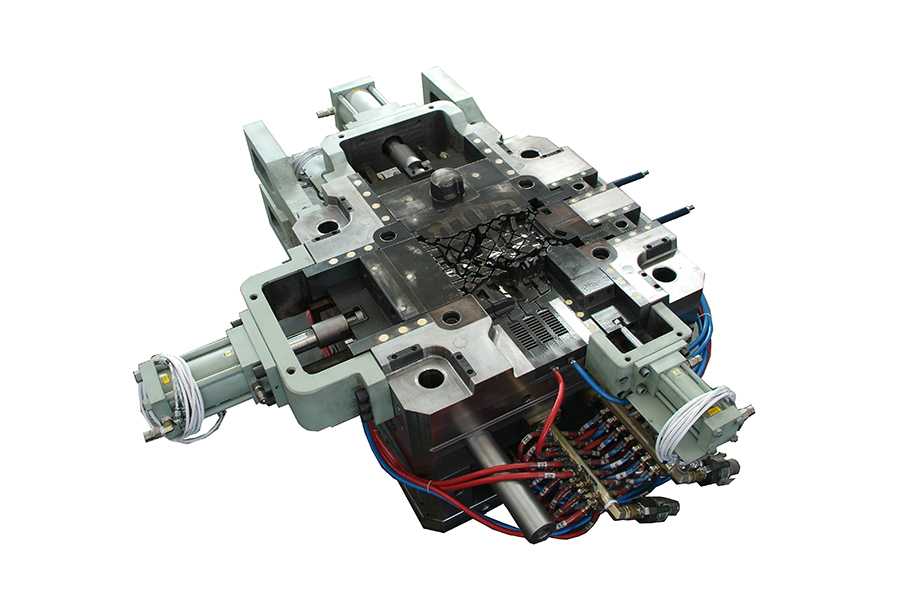
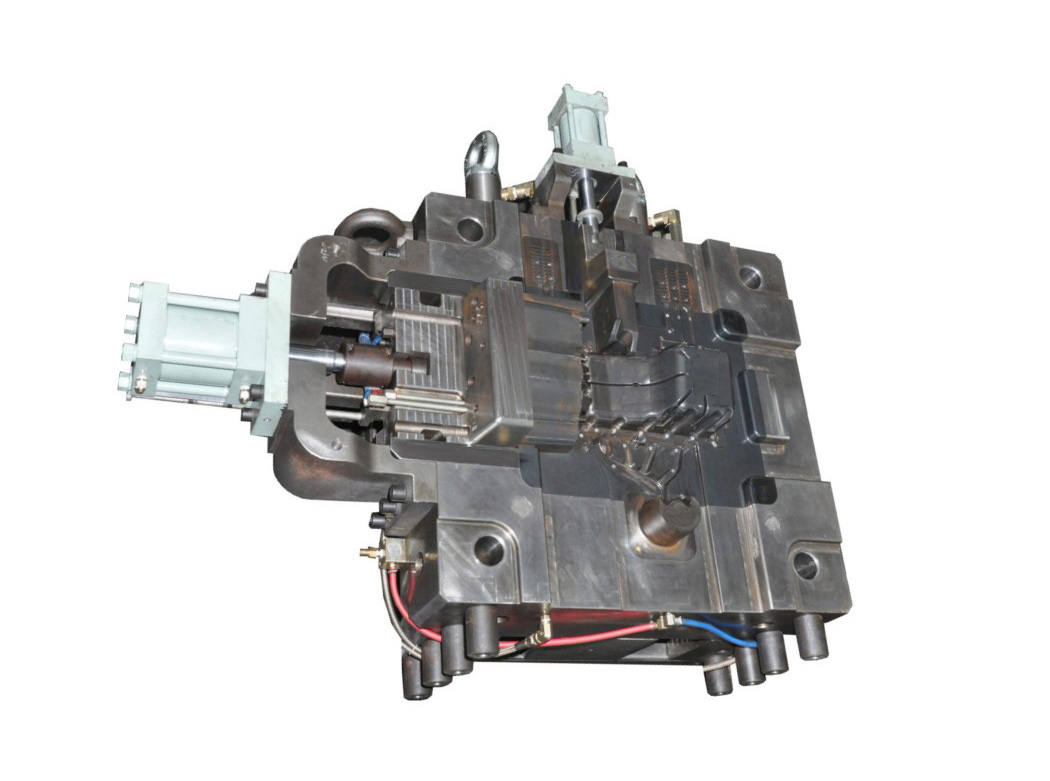
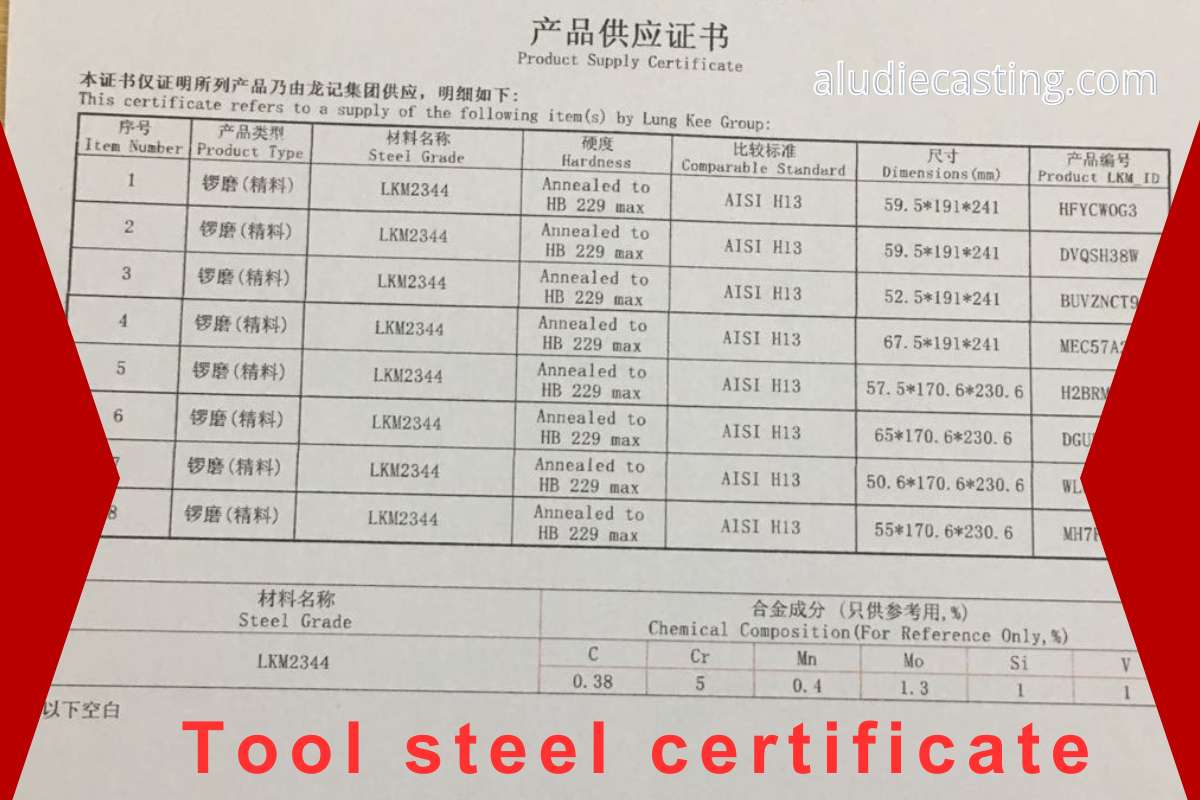




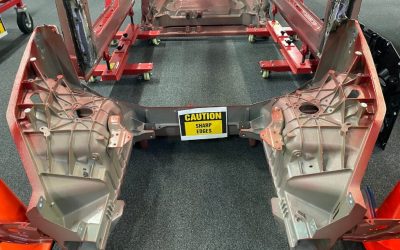
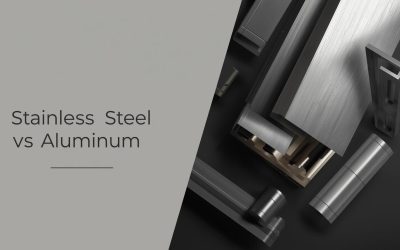

0 Comments